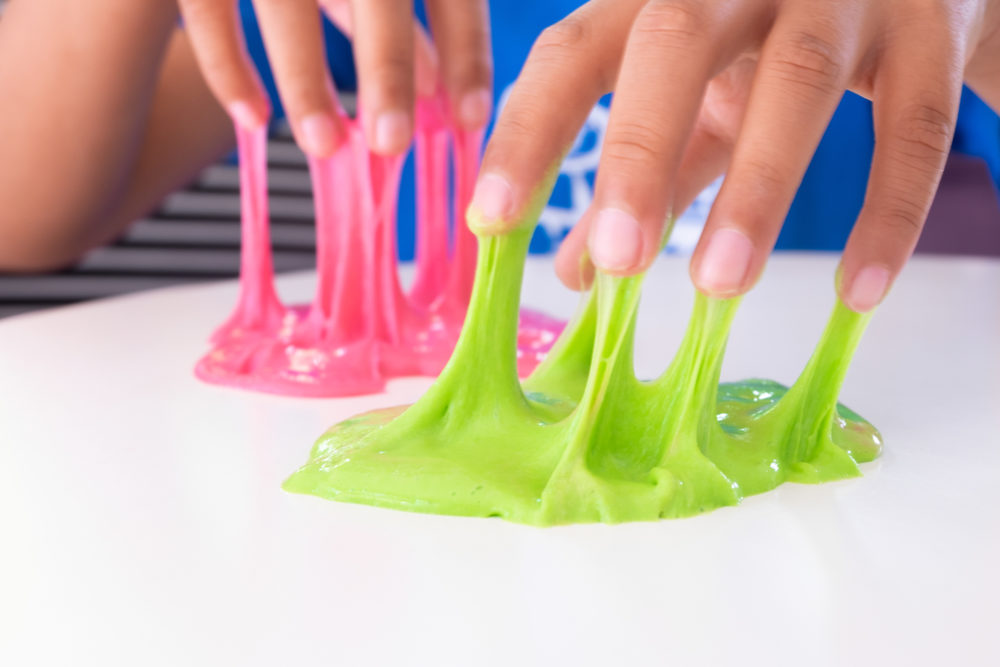Dangerous and Toxic Toys Remain on Store Shelves, Report Warns

With the holiday shopping season set to kick into high gear in the U.S., a consumer research group is warning parents and caregivers about the risks associated with many popular children’s toys that remain on the market, despite known choking hazards, toxins, and recalled toys that are still on store shelves.
The U.S. Public Interest Research Group (PIRG) released their 34th Annual “Trouble in Toyland” safety report this month, focusing on detectable dangers, hidden toxics and recalled toys that contribute to hundreds of thousands of toy-related injuries that result in emergency room visits each year.
This year’s report highlights several types of toys that may contain hidden toxins, such as lead, cadmium and boron, which exceed safe limits.

Did You Know?
Change Healthcare Data Breach Impacts Millions of Customers
A massive Change Healthcare data breach exposed the names, social security numbers, medical and personal information of potentially 100 million Americans, which have now been released on the dark web. Lawsuits are being pursued to obtain financial compensation.
Learn MoreThe report indicated children’s products like “slime” have been found to contain upward of 75 times the allowable levels of boron for European standards. Currently, the U.S. does not have a limit or warning label requirements for boron, which is a naturally occurring mineral in food and the environment, but can be harmful to children in large doses.
Without warning labels, many parents are unaware of the potential danger that popular slime products pose, U.S. PIRG warns.
Researchers indicate that children who ingest slime products that contain high levels of boron are prone to experiencing nausea, vomiting, and other long-term damages. PIRG advises parents and caregivers to contact a poison control center immediately and take their child to the emergency room if they begin to show these symptoms after playing with slime products.
Other potentially toxic toys and children’s products identified in the report include children’s makeup, jewelry and fidget spinners which were all found to contain dangerous levels of either lead, cadmium or talc.
In this year’s report, the group is also highlighting a new danger associated with many toys, which may be too loud and cause damage to a child’s hearing. Researchers performed audio testing on certain toy gun toys and discovered two toys were in violation of the standards set by the CPSC, reaching over 87 decibels. The group advised parents to always test toys with sound prior to allowing a child to play with them, and adjust the sound as necessary or remove the batteries to limit excessive audio that could cause hearing damage.
Choking hazards were another highlighted concern, including balloons, plastic toy food, stuffed toys, dolls and dart guns, which contain pieces that may result in an airway obstruction or suffocation risk if swallowed.
Despite there being a governing agency to enforce recalls, U.S. PIRG researchers were able to find and purchase several products that had been previously recalled, warning parents and caregivers to always verify whether a toy being purchased second-hand or through an online retailer has not been recalled.
Researchers indicate they were able to purchase two recalled toys on eBay including the INNOCHEER’s Kids Musical Instrument Set that was recalled in October 2018 for violating the federal lead paint ban. The second toy available to purchase was the VTech’s Musical Elephant Shaker, which was recalled in January of 2018, but was still available for sale more than 18 months later.
The group called for stronger safety standards and more effective recall processes, suggesting the U.S. Consumer Product Safety Commission (CPSC) recall system require companies to directly notify customers through retailer partnerships, engage in recall marketing campaigns equivalent to those that sold the product, and directly notify child care centers of recalled products potentially used in their facilities.
Despite toy recalls steadily declining, CPSC official’s project that on average one child is treated in a U.S. emergency room every three minutes for a toy-related injury.
Last month, the CPSC issued a report titled “Toy-Related Deaths and Injuries”, indicating that more than 226,000 U.S. hospital emergency room visits were linked to childrens’ toys in 2018, with at least 17 incidents resulting in fatalities.
Previous research has shown toy-related injuries have been on an upward trend over the last two decades, with more than a 40% increase in related injuries from 1990 to 2011. In 2015 alone, more than 250,000 toy-related injuries were reported, while 72 children died from toy-related incidents between 2010 and 2015.





0 Comments